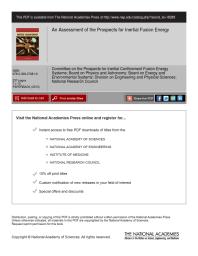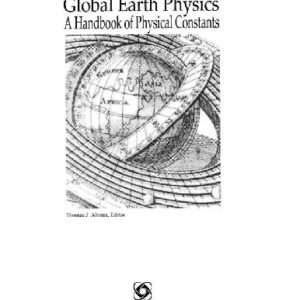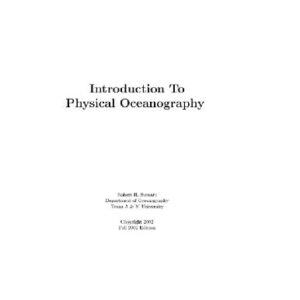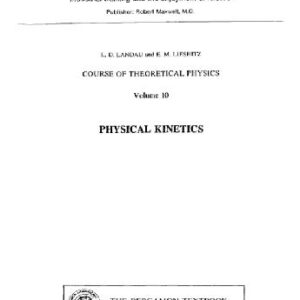The potential for using fusion energy to produce commercial electric power was first explored in the 1950s. Harnessing fusion energy offers the prospect of a nearly carbon-free energy source with a virtually unlimited supply of fuel. Unlike nuclear fission plants, appropriately designed fusion power plants would not produce the large amounts of high-level nuclear waste that requires long-term disposal. Due to these prospects, many nations have initiated research and development (R&D) programs aimed at developing fusion as an energy source. Two R&D approaches are being explored: magnetic fusion energy (MFE) and inertial fusion energy (IFE). An Assessment of the Prospects for Inertial Fusion Energy describes and assesses the current status of IFE research in the United States; compares the various technical approaches to IFE; and identifies the scientific and engineering challenges associated with developing inertial confinement fusion (ICF) in particular as an energy source. It also provides guidance on an R&D roadmap at the conceptual level for a national program focusing on the design and construction of an inertial fusion energy demonstration plant.
Physical
[PDF] An Assessment of the Prospects for Inertial Fusion Energy National Research Council; Division on Engineering and Physical Sciences; Board on Energy and Environmental Systems; Board on Physics and Astronomy; Committee on the Prospects for Inertial Confinement Fusion Energy Systems
$19.99






Reviews
There are no reviews yet.